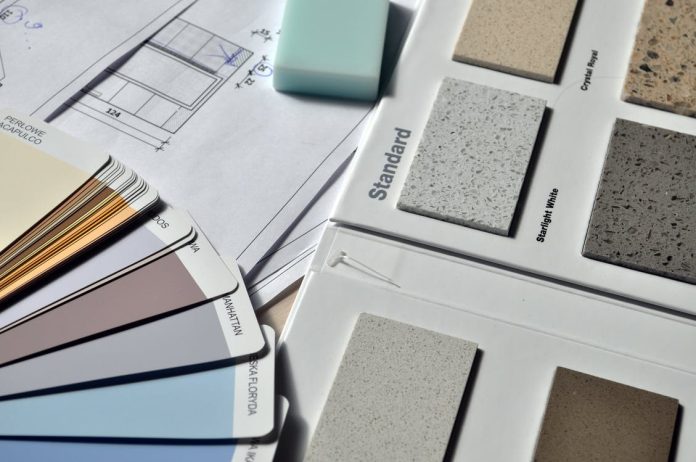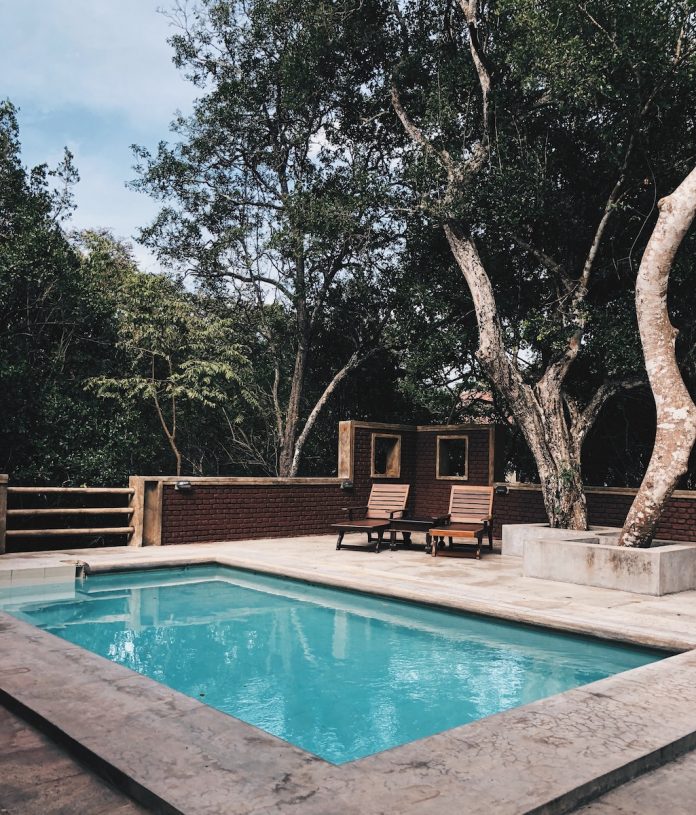Tips for a Successful Pool Resurfacing
Most people endure the hot and muggy summer months with a swimming pool. But, if the surface of your pool begins to peel and crack like a sunburn, it’s time for a resurfacing job. Here are few important tips for a successful pool resurfacing to create more enjoyable space for you and your family during the hot season.
Always check the manuals before fixing common problems like dirty water, broken pumps, and a need for pool plastering. Even if you hire a company, there are some things you must do. If you’d like to keep from constantly resurfacing your pool, these few strategies will help.
1. Everything is Good with Balance
Skimming debris several times a week helps assess water depth. Protect the skimmer by keeping the pump above its intake. A garden hose can refill drained water.
Once you get into a routine, testing the water in your pool is simple. Perform regular checks on the following five levels:
● pH
● Available chlorine
● Alkalinity
● Calcium hardness
● The Cyanuric Acid
Pool drainage for repairs or during the season should have a time limit. This is because the weight of the water in a pool balances out the forces exerted by the ground during the winter.
2. To inspect is to protect
Check any issues with the pool as soon as possible. If you ignore the problem, it will cost more money and even risk the health of your loved ones in the end.
Chemical imbalances, UV rays, or slight soil shifts can cause cracks. Cracks collect dirt and algae, creating a giant birdbath.
3. A Quality Finish
Every 8-10 years, pools need resurfacing. Seeing these signs will tell you when you need to resurface and which resurfacing ways work best for you.
● Cracks
● Plaster flakes
● Spills
● Gritty
● Discoloration
● Rust stains
● Pebble-loss
● Failed paint or fiberglass
Pool resurfacing keeps pools running smoothly and looking beautiful. Depending on its surface, there are many ways to resurface a pool: tile, plaster, pebble, cement, quartz, etc.
1. Plaster
Plaster is a finish that lasts ten years and costs $2,500 to $5,000. Choosing a durable finish will help your resurfacing project last. Glass tile is the most durable and expensive aggregate finish.
2. Quartz
Quartz pool comprises crushed quartz, cement, dyes, and other binding additives. It lasts longer than plaster, but it’s the second-least durable material after application at 12 years.
Quartz costs $3,500 to $15,000, averaging $6,500. Pool size affects resurfacing costs the most.
3. Pebble
Pigmented plaster, pebbles, glass beads, stones, and seashells are pebble pool finishes. As you sunbathe, your pool will look like a speckled oasis—a 20-year guarantee.
Pebble-based finishes cost $3,500 to $15,000. Polished or power-washed hand-sprayed pebble finishes. It’s slip-, chemical-, and algae-resistant =
4. Fiberglass
Resin and fiberglass coat your pool for 30 years; three coats can finish the job. Fiberglass pool finishes cost about $7,500 and are resistant to chemicals and algae.
5. Tiles
Choosing tile as a pool finish ensures its longevity. Tile is made from stone, porcelain, or Glass. Glass is nonporous, heat-resistant, and UV-resistant.
Tile costs $30,000 to resurface a pool. Some homeowners use tile on the waterline to prevent discoloration.
The Best Finish is Choosing the Best
Pool remodelling can be laborious and time-consuming, and restoring your pool’s health is necessary. However, using suitable materials, ensuring to fill in cracks, and skipping sandblasting between coats can lead to problems.
Resurfacing a pool requires a variety of unfamiliar tools. It’s dangerous if you don’t know what you’re doing. Many things can go wrong and require starting over.







